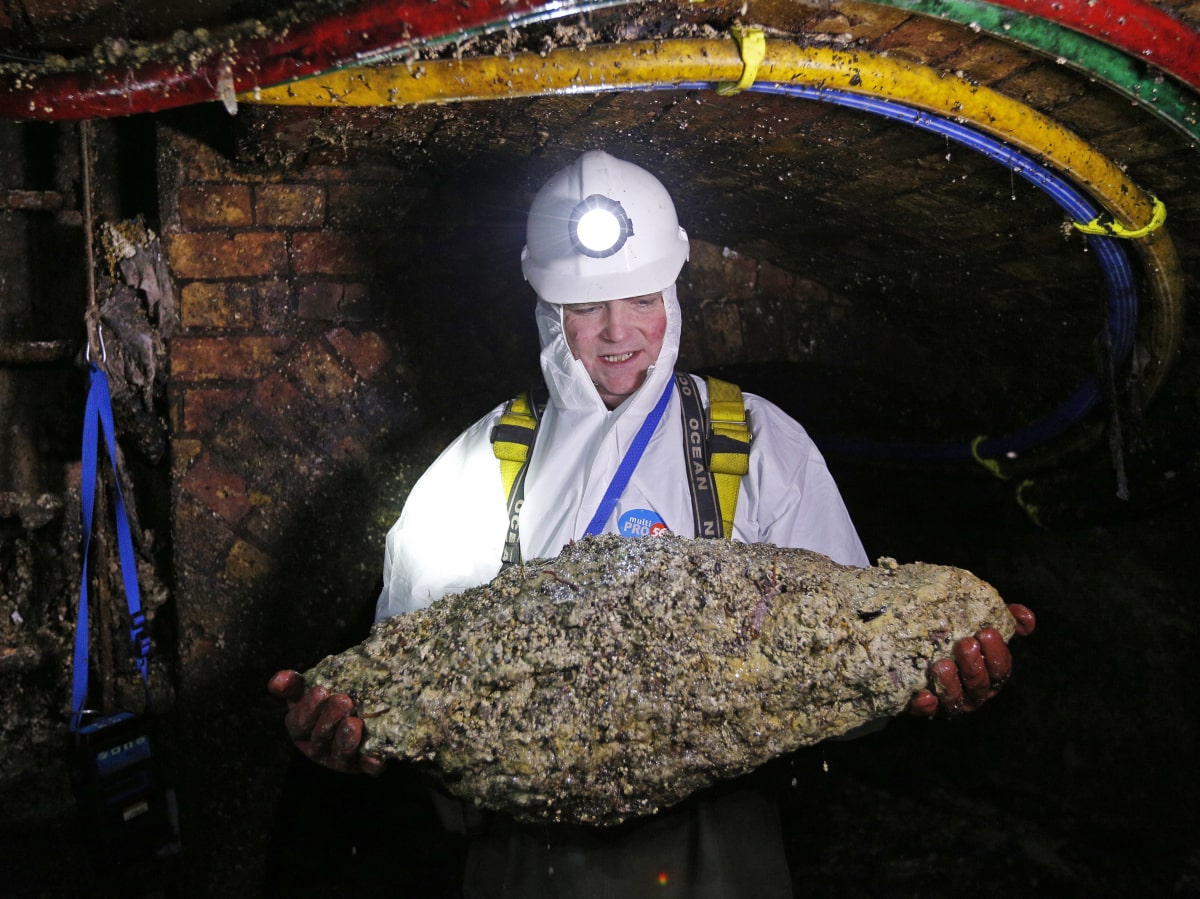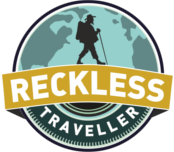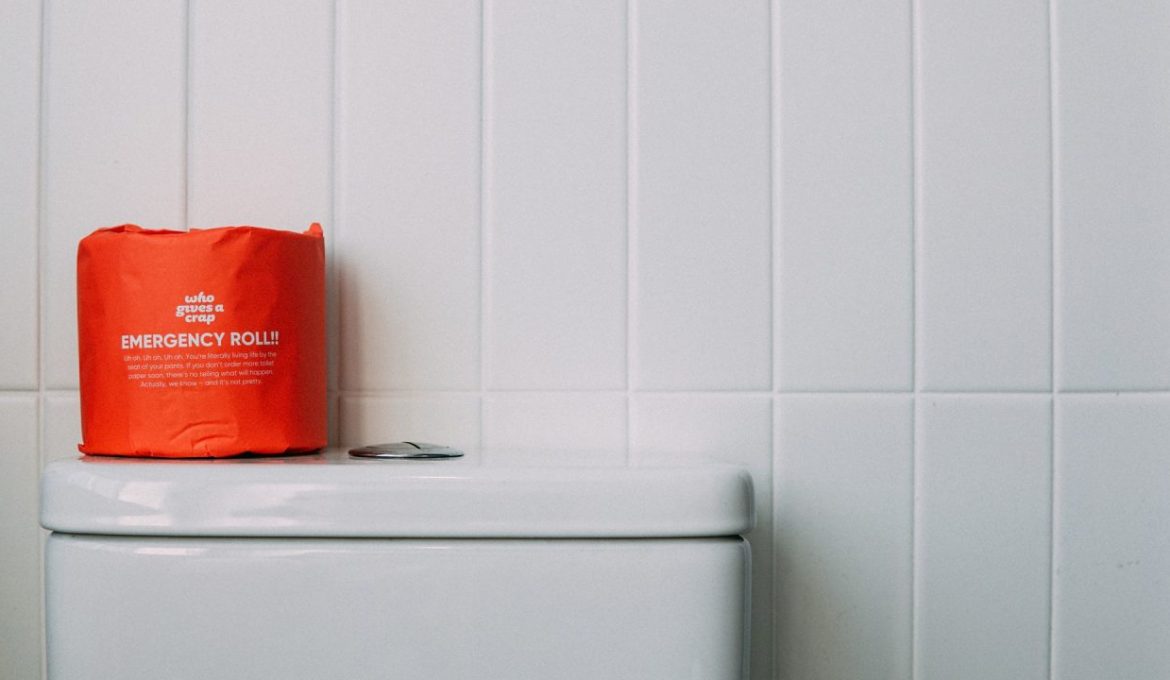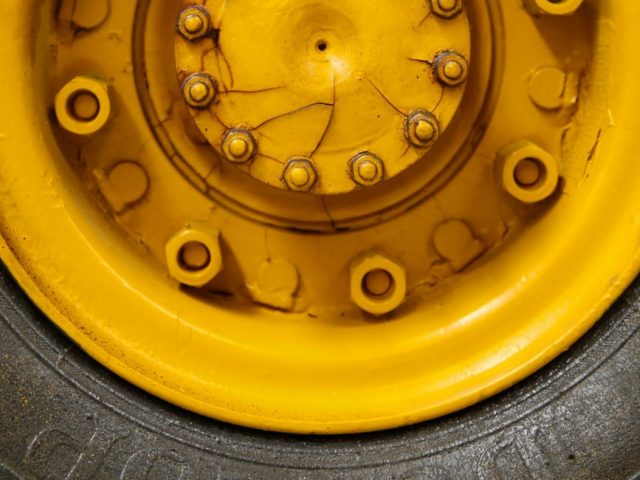There’s no more toilet paper! Everyone is freaking-out!”
-CBC Radio, April 19, 2020
As I write this, the world is in the grip of the Covid-19 pandemic.
When we first learned that there would be difficult days ahead— and a certain amount of privation—the word went out that we should, above all, secure an adequate supply of toilet paper. Indeed, I heard a young store cashier exclaim, “There’s no more toilet paper! Everyone is freaking-out!”
Accordingly, and without thinking much about it, I promptly set off for Costco. Over in the far corner I located the object of my mission— an immense white paper skyscraper— broad, deep and tall. The sign on this tower said it was, in fact, Kirkland Signature Bath Tissue/Papier Hygienique—possessing “two layers of softness and absorbancy.” I thought, “Just the thing for a pandemic.”
There was other information on the wrapper, including the dimensions and number of sheets, and unlikely as it seems, a satisfaction guarantee. There was also a helpful note stating the plastic wrapper was, in fact, “is not a toy.” Seriously…
Just for fun I calculated the length of each roll; it’s 141 feet. It occurred to me that that’s just the height of the Leaning Tower of Pisa. A vision of the Tower and an unfurled toilet roll fluttering in the Tuscan breeze danced in my head.
Now the smallest quantity of toilet paper you can buy at Costco is essentially a two-person lift. But somehow I managed to heft the huge bundle into my cart. As I headed for the check-out I saw a couple with an enormous cart filled to overflowing with about three times as much TP as I had myself. My eyebrows shot up. They were chatting with another shopper who commented, “Gee, looks like you folks are planning to spend a lot of time in the bathroom…” I chuckled to myself, and walked on.
Later, I got to thinking about toilet paper. Many questions crowded my mind. Why is it so important? Who invented it, and when? What did people use in historic times? What is it made of? What’s the environmental impact? How much does the average person use? What are the gender consumption differences? What are the euphemisms for this product? In which countries are the public conveniences supplied with it for free, and where do you have bring your own? And what about India, anyway?
An overview of the history of this subject displays a wonderful pragmatism. Paper itself, of course, dates back to ancient China, when, as it turns out, a certain emperor used six square foot sheets of the stuff for purposes of personal hygiene. Some have called such paper, “sacred wiping sheets.”
The ancient Greeks used shards of broken pottery. The Romans used a communal sponge-stick parked between uses in a jug of vinegar. At various times we encounter the use of wood shavings, hay, rocks, corn cobs, anchor cable, leaves, rags, moss—whatever came to hand, really.
The European gentry, we are told, was fond of lambswool, and even lace. Starting in the 15th century the use of newspaper became popular, a type of early recycling. I reckon I’d have been a lambswool man, myself.
Amusing as this topic can be, we really must acknowledge the environmental toll of our use of toilet paper. In my inquiry, I found the following facts disturbing, and in a real way, senseless.
-
- Global TP production consumes about 27,000 trees a day— 70% hardwood, 30% softwood— producing some 83,000,000 rolls. The average tree produces about 200 rolls. That strikes me as a lot of trees down the drain.
- The average American uses 50% more TP than the average of other Western countries. This is partly to do with the use of bidets or spray hoses in other countries.
- The manufacturing and transport process involves the use of immense amounts of water, energy and chemicals.
- All this flushing creates an enormous burden for sewage treatment systems. It also contributes to the formation of “fatbergs”— monstrous agglomerations of cooking fat, disposable wipes, food waste, diapers, needles, tennis balls and myriad unmentionables— clogging sewers in the UK, the US and Australia. One in London was the size of a Boeing 747!

TP Randomia.
-
- About three quarters of the world’s population does not use TP.
- Consumers use about 9 sheets sheets at a time, about 60 a day. When housebound (as per Covid-19), our consumption increases 40%. The average houshold uses a roll every five days.
- Many European countries (eg Greece, Ukraine) disallow flushing TP. It’s put into a covered bin.
- In North America alone, over 26 billion rolls of TP are sold every year, enough to encircle the globe 25,000 times. Come on!
- If you flatten the roll before hanging it up, you’ll use 30% less. (Benefits compound, upstream and down.)
Pandemic or not, I think the world would be better off if we rethought our relationship to TP. I assert that it’s not strictly necessary, and most people on Earth evidently agree. Moreover, it’s simply brutal on the environment— and for what?
We in the Western democracies must have become dangerously enfeebled if doing without toilet paper presents such an apparent obstacle. Accordingly, I’m modestly proposing a way for us to live entirely without the stuff. Major environmental and financial benefits will result, and you’ll find yourself occupying a rather pleasant moral high ground.
So here it is: keep a short stack of cotton facecloths on the back of your toilet. After doing your business, tidy up with a facecloth. Then drop the cloth into a diaper pail. A plastic bag will do in a pinch. As needed, launder the facecloths. If you want the top-of-the-line diaper pail, get the Ubbi, about $100 from Amazon.
Problem solved.
Cheers.






Facebook Comments